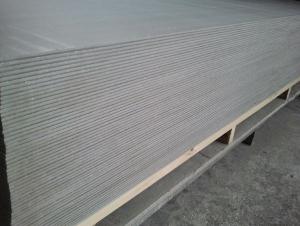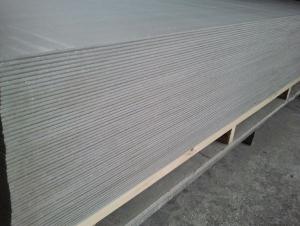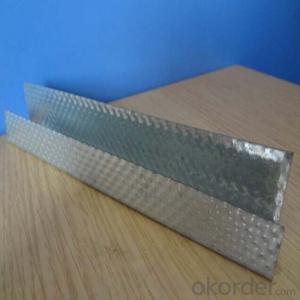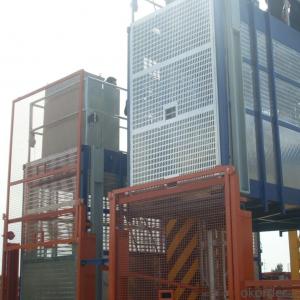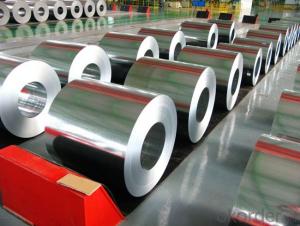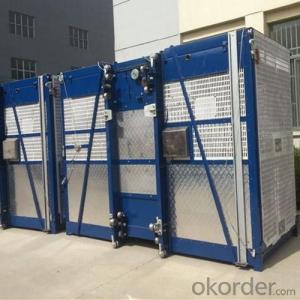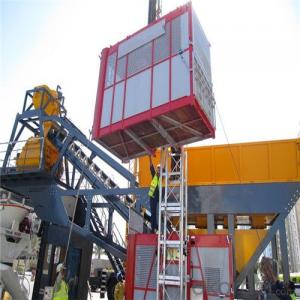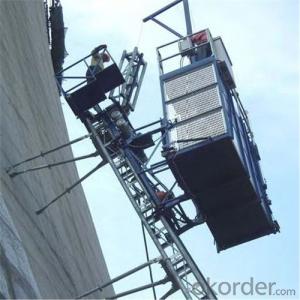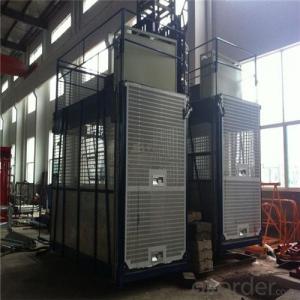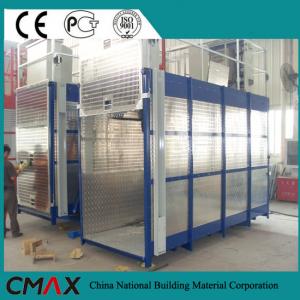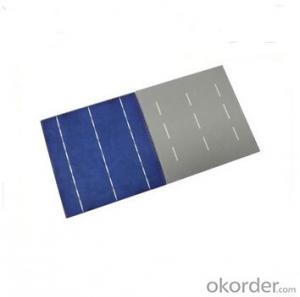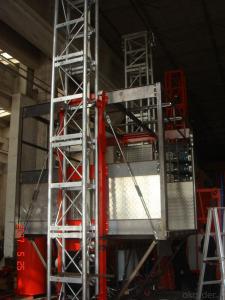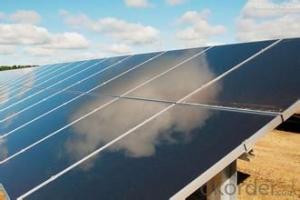Building Solar Cells
Building Solar Cells Related Searches
Best Stainless Steel For Knives Primer For Galvanized Steel H S Code For Stainless Steel Wd 40 For Stainless Steel Spray Paint For Stainless Steel Glue For Stainless Steel Drill Bits For Stainless Steel Spray For Stainless Steel Welder For Stainless Steel Magnets For Stainless SteelHot Searches
Steel Mesh Panels For Sale Price For Stainless Steel Scrap Scrap Price For Stainless Steel Stainless Steel Tank For Sale Cheap High Tea Sets For Sale Stainless Steel Tanks For Sale High Density Fiberboard For Sale Solar Hot Water Collectors For Sale Scaffolding For Sale In Uae Scaffolding For Sale In Ireland Scaffolding For Sale In Houston Type Of Inverter For Solar Price Of Shipping Containers For Sale Types Of Inverter For Solar Stock Price For Aluminum Used Solar Inverter For Sale Portable Led Signs For Sale Stone Hot Water Bottles For Sale Aluminum Coil Stock For Sale Steel Mesh Panels For SaleBuilding Solar Cells Supplier & Manufacturer from China
Okorder.com is a professional Building Solar Cells supplier & manufacturer, offers integrated one-stop services including real-time quoting and online cargo tracking. We are funded by CNBM Group, a Fortune 500 enterprise and the largest Building Solar Cells firm in China.Hot Products
FAQ
- Solar cells generally do not perform optimally in areas with high levels of snowfall. The accumulation of snow on the surface of solar panels can significantly reduce their efficiency by blocking sunlight and preventing the cells from generating electricity. Regular snow removal or tilting the panels at an angle can help mitigate this issue, but it may still impact their overall performance in such regions.
- Solar cells perform better in high altitude regions due to several factors. Firstly, high altitude regions typically have less air pollution and less cloud cover, meaning there is more sunlight available for solar cells to convert into electricity. Additionally, the thinner air at high altitudes allows for more efficient solar cell performance, as there is less atmospheric interference. Lastly, the lower temperatures at higher altitudes can also enhance the efficiency of solar cells, as they work more effectively in cooler environments. Overall, solar cells tend to perform exceptionally well in high altitude regions.
- Is silicon-based solar cells and silicon-based thin-film solar cells the same?
- Monocrystalline silicon polysilicon battery components with tempered glass panel aluminum alloy frame when the flat, hard board. Soft with flexible material, thin battery is a soft board
- Yes, solar cells can be used in harsh climates. While extreme temperatures, snow, and dust can potentially affect the efficiency and performance of solar cells, advancements in technology and design have made them more resilient. Specialized coatings, materials, and mounting systems are employed to protect solar cells from harsh weather conditions. In fact, solar panels are increasingly being used in various extreme climates around the world, including deserts and polar regions, proving their adaptability and effectiveness even in challenging environments.
- Can anybody tell me the power supply of the home solar cell?
- l can give you an example as following: 40W * 4H=160Wh=0.16 degree power In accordance with the summer sunny weather one day 5 standard sun, consider 70% system efficiency 160 / 5 / 70%=45.7W, so 50 Watt Solar cell is enough.
- What are the 3 things you need to know before you start to make solar cells?
- I remembered I made solar cells with my dad when I was 10 years old, and all I can remember now are the difficulties in getting the silicon working properly.
- Yes, solar cells can be used in weather monitoring systems. Solar cells are used to convert sunlight into electrical energy, which can power various components of weather monitoring systems such as sensors, data loggers, and communication devices. This allows for autonomous and sustainable operation of weather monitoring systems in remote locations where access to traditional power sources may be limited.


